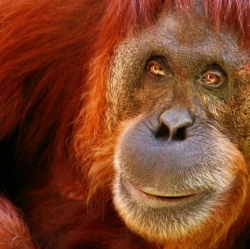
Scientists have created an algorithm that can make your photographs more captivating and memorable. Researchers have designed an algorithm that can predict memorability of a photograph at near-human levels, meaning it can tell which faces, scenes and objects in photographs are likely remembered by humans.
“Understanding memorability can help us make systems to capture the most important information, or, conversely, to store information that humans will most likely forget,” said Aditya Khosla, lead author of the study. “It’s like having an instant focus group that tells you how likely it is that someone will remember a visual message.”
But how this algorithm actually works? When a photograph is uploaded in the algorithm called “MemNet”, it creates a heat map which signifies exactly which parts of image are most memorable.
Researchers have incorporated techniques from deep-learning (DL) into it. DL is a branch of machine learning that can teach computers how to sift through massive amount of data and to find patterns all on their own. Such techniques are already involved in Google search and Facebook’s photo tagging. But it’s the first time when these techniques are used in computers for predicting what will be memorable for humans.
“While deep-learning has propelled much progress in object recognition and scene understanding, predicting human memory has often been viewed as a higher-level cognitive process that computer scientists will never be able to tackle,” said co-author Aude Oliva from MIT’s Computer Science and Artificial Intelligence Laboratory (CSAIL) . “Well, we can, and we did!”
Researchers fed their algorithm tens of thousands of images from several different databases. Each image received a “memorability score” based on the ability of humans would remember them. The algorithm processes data without human guidance and continues to readjust its function and produce more accurate predictions as it receives more data.
In experiments, MemNet algorithm performed 30% better than existing algorithms and was found almost as accurate as humans are. The research also shed light on the nature of human’s memory and how their memory can be improved if they view more memorable images.
